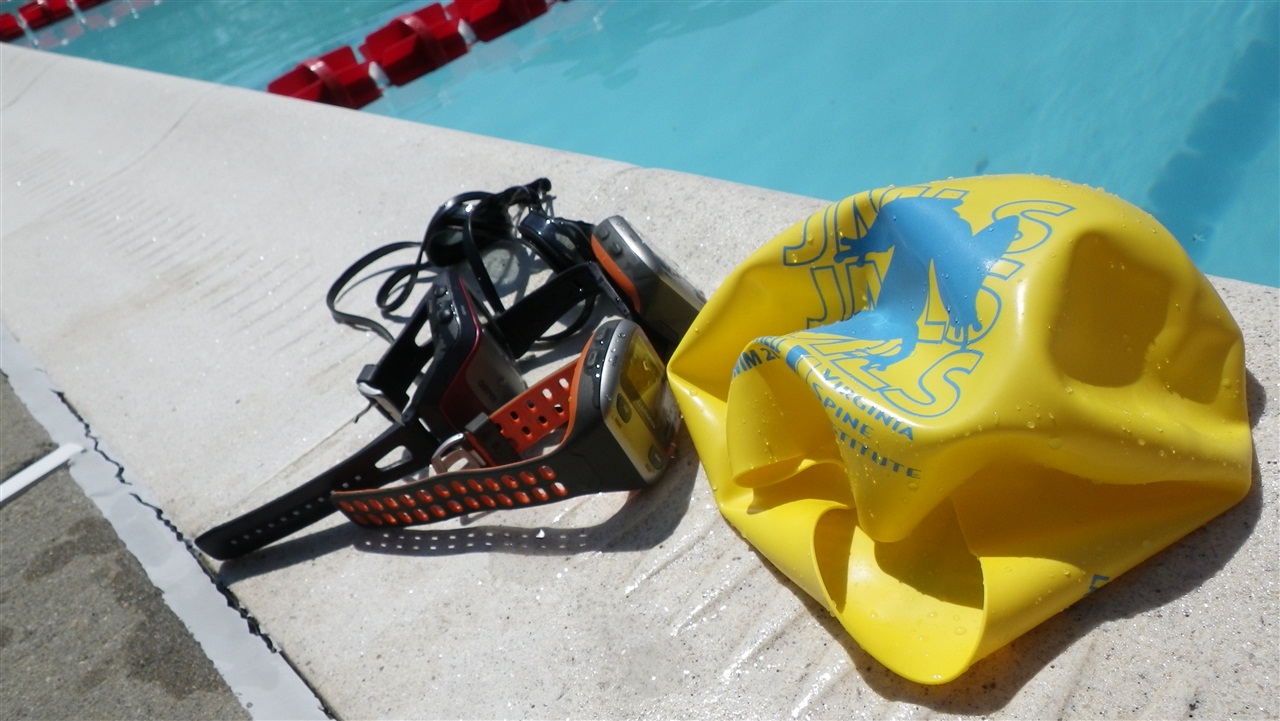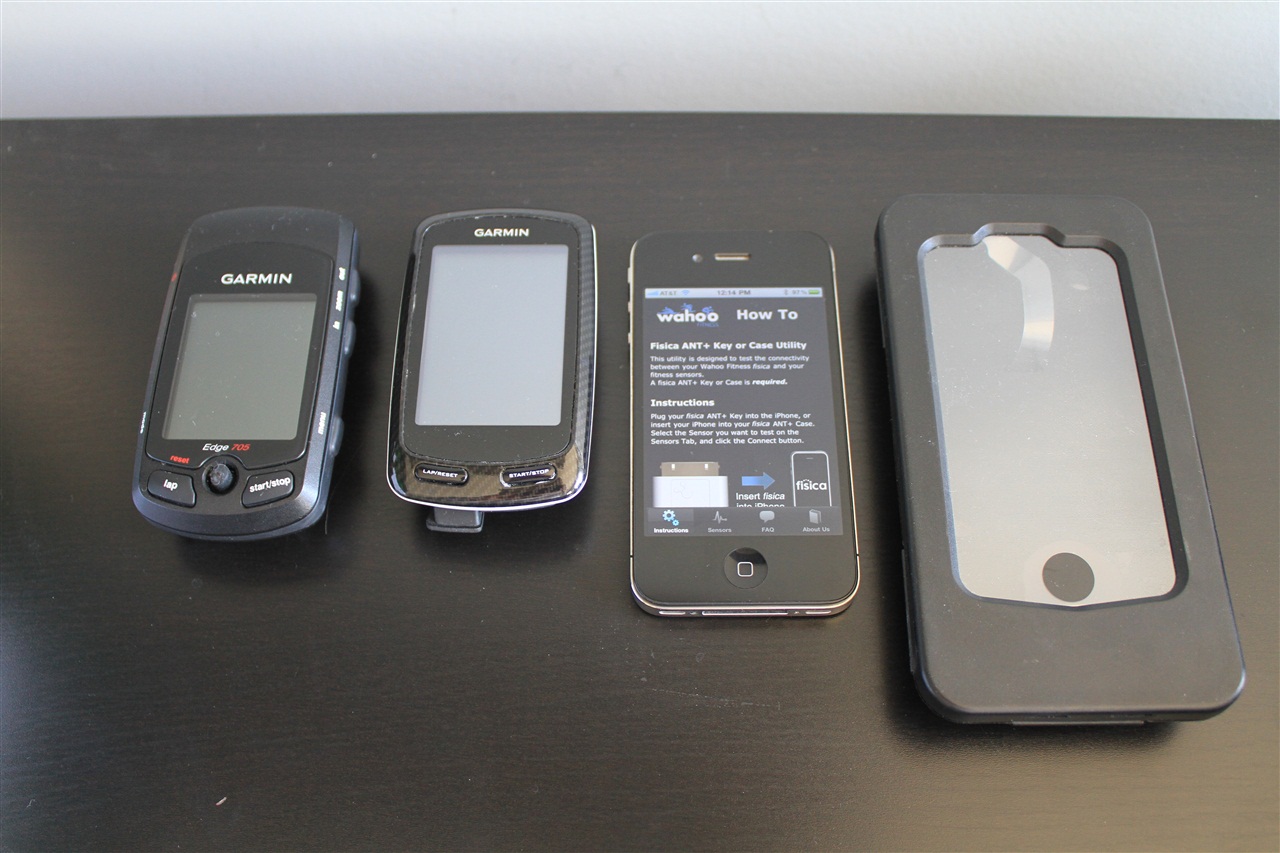Ray’s Weekly Sports Electronics Mailbag
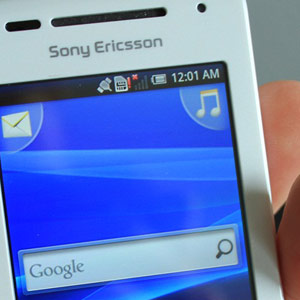
Hello, welcome to the Weekly Mailbag. I'm Ray, from DCRainmaker.com. If you've ever searched for reviews on sports technology – you've probably come across my site. I write about my triathlon/running training in general, along with sports technology and whatever else seems interesting to me. I started the Weekly Mailbag series earlier this spring as an opportunity to share some of the answers of the many e-mailed questions I get each week.
If you enjoy what you find here, then feel free to click the links to find even more in depth information on each topic. And if you have any questions, you can always e-mail me directly. Thanks for reading!
1) Bluetooth Heart Rate Strap Monitors
2) ANT+ Cell Phone Client and App Options
3) Review of smartphone clients
Question #1: Bluetooth Heart Rate Strap Monitors
From Bryan-
"Today I noticed Polar had a post about a HRM belt with Bluetooth Technology I hope that you'll have the opportunity to review this product. So many people, myself included, have cell phones with Bluetooth and I'd like your opinion regarding the Polar HRM belt w/ Bluetooth. It isn't ideal for triathlons as phones aren't inherently waterproof but for the price, coupled with some apps, it seems like it has the potential to be a real knockout."
Indeed, there are a few Bluetooth heart rate straps on the market now, the Polar being one of of them. The other is the Zephyr strap (pictured right), which is very similar to the Polar being it supports Bluetooth as well. The Zephyr is slightly different in that it has a rechargeable base station (USB) due of the constraints of Bluetooth (non-lightweight) taking up more energy (lasts about 26 hours). The Polar strap meanwhile has a standard replaceable coin size battery (C2025). Additionally, the Polar strap is also backwards compatible to existing Polar devices so you don't have to own more than one strap.
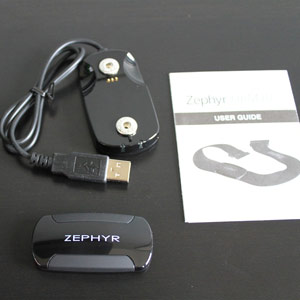
The biggest strength to using standard Bluetooth heart rate straps is that virtually every phone out there that supports Bluetooth accessories can pair to the straps. No extra chip componentry is required in the phone, unlike supporting ANT+ devices natively by a phone. Thus these straps are ideal for platforms such as Windows 7 Phone or Blackberry, which lack the ANT+ dongle that the iPhone has or the embedded ANT+ chips that some of the new Android based Sony Ericcson Xperia's have.
The one area that is required is that the app you're using must support the heart rate monitor. Most of the major applications on the different platforms do, just be sure to check the specs on the app and find one that works with Bluetooth HR straps.
In my initial testing with both of these devices, they connect up instantly and work as expected. Look for more in the future as I delve into testing additional apps with Bluetooth HR monitor support (see the last section below).
Question #2: Android ANT+ Cell Phone Client and App Options
From Luca-
"I'm a fan and I frequently read your great blog. I'd be curious on your thoughts regarding the ANT+ enabled Xperia Phones that are available now.”
I've talked a bit about this in the past, but I believe these phones are a great step forward towards supporting the ANT+ devices that so many athletes use (especially Slowtwitchers). Sony Ericcson released the update back in the February timeframe for a number of phones which had the ANT+ chips already in them from 2010. These phones effectively received retroactive support for ANT+, which is pretty awesome when you figure that when you bought the phone you had no idea it had an ANT+ chip in it.
Going forward, all of the 2011 Sony Ericcson Arc, Neo, and Pro phones have the ANT+ capabilities in them. These are expected to be on the market in the next few months.
Sony Ericcson just recently sent me one of the 2010 models (the X8) to test out the ANT+ capabilities. I've just gotten into the swing of it but look for more information in the coming weeks, either here or at my main page. They'll be sending me the 2011 models here shortly as well.
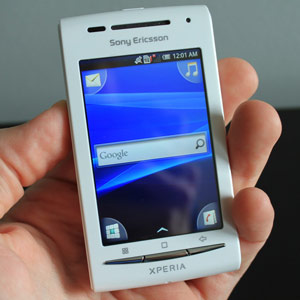
Because the ANT+ support is relatively new on the Android platform the biggest challenge is getting application vendors to support it within their apps. As I noted before in the heart rate section, it does take extra development to bridge the gap into supporting these devices. At the time of writing apps that support ANT+ devices include: Endomondo (HRM and bike sensors), My Tracks (HRM, Bike Power, Cadence), IMapMyRun+ (HRM, but planning to support more), and the ANT+ Demo application (HRM, Stride Footpod Sensor, Weight Scale).
Because the market moves so fast, there are continually new applications being added on the Android platform that support the ANT+ protocol, so keep your eyes out!
Question #3: Review of smartphone clients
From Rick-
"Have you ever considered reviewing smartphone based, GPS enabled, running programs that accomplish similar results that you get with watch-based hardware?
I'm on the verge of purchasing a iPhone. I know it is GPS enabled, and there are several different running and biking themed programs designed to work similar in function to a forerunner or an edge. Have you ever thought about doing reviews of those smartphone programs to see how they stack up against the more traditional methods?"
Yup, this is indeed on my list. My current plan is to review some of the more popular running and cycling related GPS-based apps. I've been waiting until I had both an iPhone and Android phone on hand to be able to do comparisons across not only the different applications, but also the different physical phone devices and respective operating system platforms.
In general, the iPhone platform is quite accurate for the casual runners. However, as most iPhone application developers will note, the GPS data tends to be very noisy and needs a bit of work to be able to get consistently reliable data on shorter distances typical of a run. This is one of the reasons why the well established applications tend to get better reviews – they simply have had more time and revisions to fix bugs associated with GPS tracking. If you look at the change logs for apps like RunKeeper, you'll find every new version released includes "Enhancements to GPS tracking".
There's some great programs out there (free ones too!) like RunKeeper and MapMyRun, which now support ANT+ compatibility as well on the iPhone. And on the Android platform well established apps MyTracks and Endomondo provide similar ANT+ capabilities (note both RunKeeper and MayMyRun are on Android too, but lack full ANT+ support).
As you noted, the phone does falter in areas where traditional sport-focused watches excel – such as all-weather protection, portability and battery life. For example, the popular FR305 lasts 10 hours, and the FR310XT goes 20 hours. Meanwhile an iPhone with a running app based on GPS typically goes a 3-4 hours at best.
Due to the fact that there's just so many running apps out there, I'll probably be cherry picking the few that stand out the most. Be that via features and functionality, or supported devices. I'll also look to focus primarily on those applications that support accessories such as heart rate monitors, cadence, power and footpod sensors. I think those are probably of the biggest interest to both my core audience and the Slowtwitch crowd.
Recent Mailbags:
Weekly Mailbag – April 4th, 2011:
– Taking the Forerunner to the pool?
– Best bet for trail running watch with altitude?
– Auto-Pause, Running and Races (and why your distance might be short)
Weekly Mailbag – March 25th, 2011:
– Understanding Elapsed Time and Time in sport files
– Deciding between an iPhone in ANT+ case, and the Edge 800
– Garmin Futures: Vector Pedals and new version of the FR310XT
Weekly Mailbag – March 19th, 2011
– Average Pace vs Lap Pace vs Instant Pace
– Attaching Timex Global Trainer to Triathlon Bikes
– Heart Rate Strap Batteries
You can find all past DCRainmaker.com, one of the top-ranked sites by Google for extremely in-depth reviews of advanced GPS and Heart Rate Monitors for triathlon, cycling, and running.]


